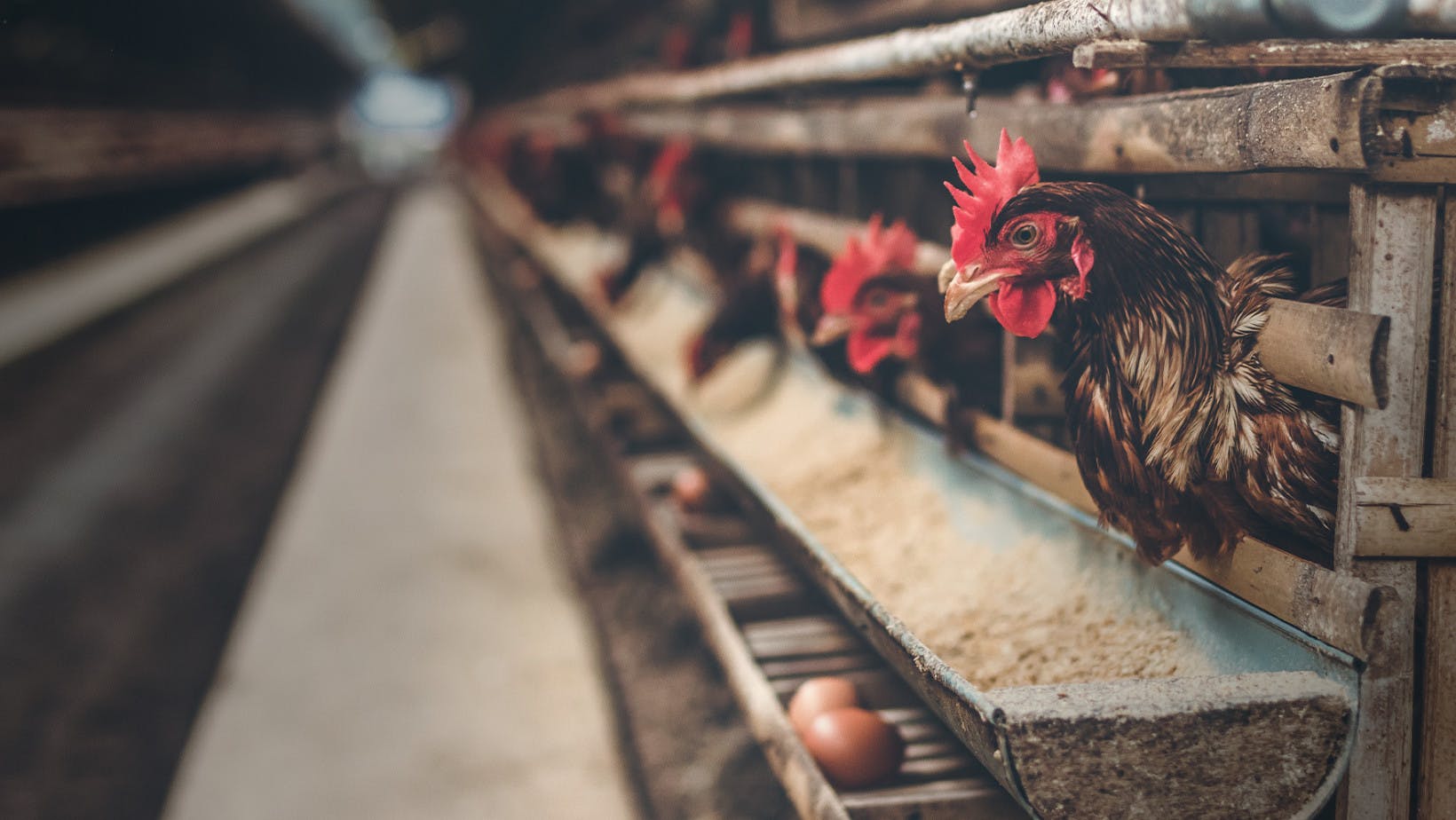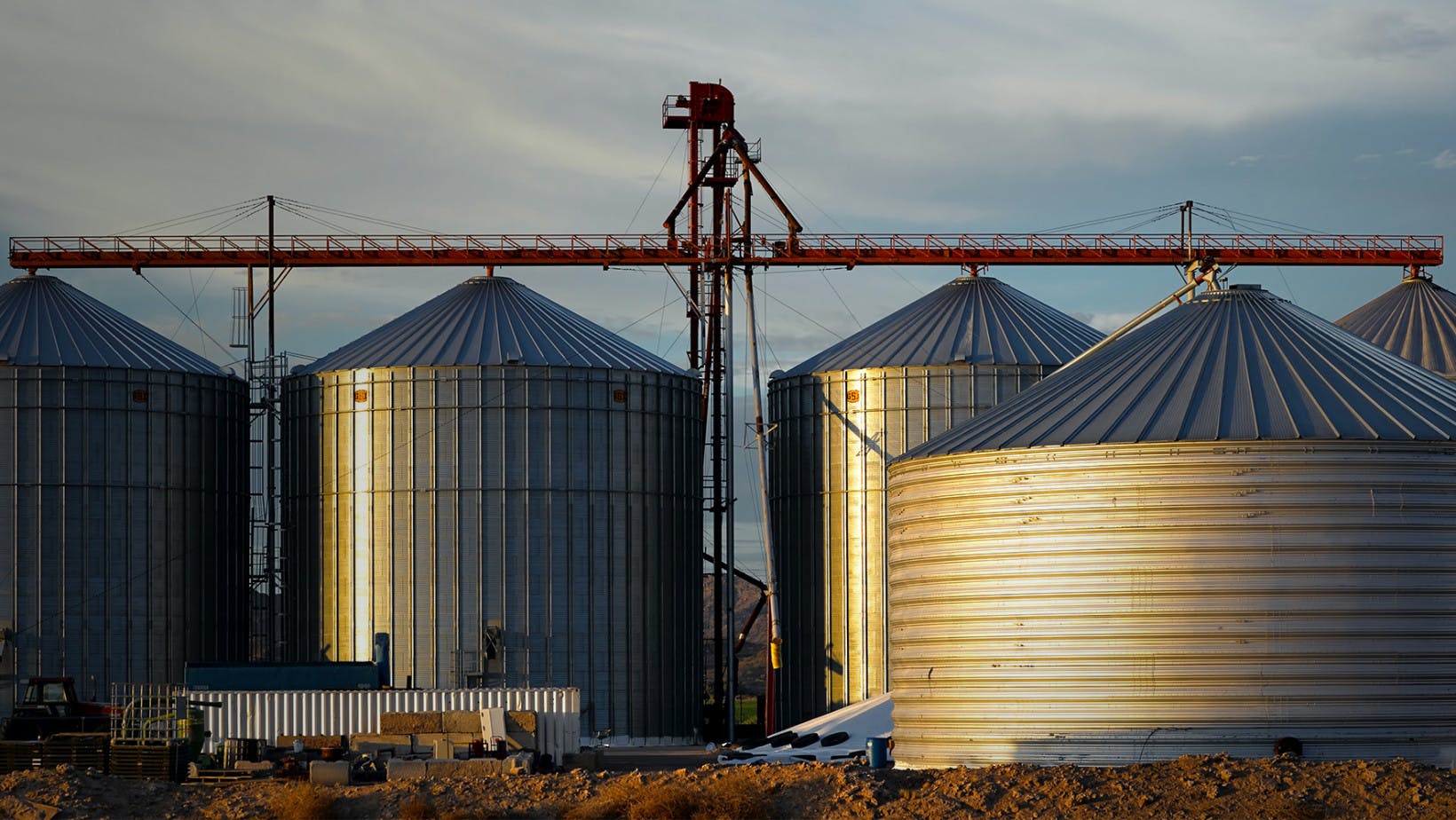
Economics
4 Types of Market Competitions You Should Know
Learn about the market structure and the four types of market competitions. Read about their characteristics and go over an example for each.
Mendy Wolff
Subject Matter Expert

Economics
07.20.2022 • 8 min read
Subject Matter Expert
Learn what a fixed cost is with some examples, the differences between variable and fixed costs, and why there are no fixed costs in the long run.
In This Article
Can a company without any output or customers still incur costs? Yes! Learn about the difference between fixed and variable costs.
Fixed costs are costs that do not vary with the amount of output being produced. They are costs we cannot adjust or remove in the short run.
A variable cost is a cost that we can adjust in the short run. This cost varies depending on the amount of output being produced.
Taken together, fixed and variable costs represent the total cost of production.
To better understand the difference between fixed and variable costs, imagine you are a small business owner. You’ve just signed a lease to rent out a retail space where you want to operate a hair salon. The rent you owe your landlord each month is an example of a fixed cost. It is a cost that you’ll incur regardless of the number of customers you have, and you cannot easily adjust it in the short run. At the start of each month, you will owe your landlord a fixed rent until your lease is up—irrespective of how your business is doing.
The salary you pay to part-time employees and the number of shampoo bottles you purchase each month are both examples of variable costs. These costs vary with the amount of business you do. If your business is booming and you have customers lined up outside your shop waiting for haircuts, you’ll likely offer your workers longer shifts or hire additional workers. This means your variable labor costs will increase. You’ll certainly need more shampoo and conditioner as well.
If business is slow, you’ll hire fewer workers and purchase fewer hair products. The amount you spend on variable costs each month changes according to the volume of business you do. You can easily adjust these costs in the short run.
The table below shows additional examples of fixed and variable costs.
Notice that we associate fixed costs with fixed inputs in production. We associate variable costs with variable inputs in production.
Fixed inputs in production are factors of production that we cannot adjust in the short term. The level of output a company produces does not impact fixed inputs.
Examples of fixed inputs are:
Land
Buildings
Machinery
Variable inputs are factors of production that we can adjust in the short term.
Examples of variable inputs are the materials used in production, like the shampoo and conditioner at the hair salon.
| FIXED COSTS | VARIABLE COSTS |
| Rent or lease payments - Anytime a business rents space or equipment, the business has rental costs. These rental costs, typically incurred over a long period, are fixed costs. | Materials - Materials used to produce products or services are variable costs, since the amount of materials needed varies with the amount of output being produced. |
| Property taxes - If a business owns property, the property taxes are a fixed cost. Property taxes are not impacted by the volume of the company’s business. This is why they are fixed. | Business taxes - The income taxes that a business owes varies with total output. So we consider business taxes a variable cost. |
| Basic Utilities - Basic utilities—such as a phone and internet subscriptions or electric bills—are fixed costs. These are utilities that do not vary week to week or month to month depending on how much output is being produced. | Utilities that vary with output - Some utility costs do vary with the number of goods or services a company produces. As an example, a restaurant’s water, gas, and electric bills are variable costs. The bills will vary depending on how many meals the restaurant serves. |
| Salaries paid to full-time employees - Salaries paid to full-time employees—not including bonuses—are fixed costs. | Bonuses and salaries paid to part-time employees - A company can adjust in the short run the bonuses paid to employees and salaries paid to part-time workers, so they are variable costs. |
| Marketing expenses - If a company pays a marketing firm to run an advertising campaign, the associated marketing costs are fixed. | Credit card processing fees and shipping costs - Credit card companies charge businesses a processing fee for credit card transactions. These fees are typically calculated as a percentage of each transaction. Shipping costs vary according to the volume of goods shipped. |
When discussing production costs, economists distinguish between costs in the short run and costs in the long run. In the long run, all production costs become variable. Given enough time, costs that were fixed in the short run become variable costs.
In the long run, all fixed costs become variable costs.
Think back to the hair salon example. Suppose you want to shut down your business and move out of your retail space. Conversely, suppose your business is booming and you want to move to a bigger space. Making these adjustments is possible, but they will take some time. You’ll need to wait until your current lease is up or you will need time to negotiate a deal with your landlord. That way you can get out of your lease early.
If you need to shut down, you’ll owe your landlord money until the end of the period. If you want to move into a bigger space, you will also need to find a new retail space, sign a new lease, and move all of your equipment. If you were initially paying a fixed cost of $5,000 per month in rent, it’s possible to adjust the cost down to zero or for those costs to increase with a bigger retail space. These adjustments take time though.
Economists have no fixed definition for where the short run ends and the long run begins. The long run is a general term defining the time it takes for a company or a business to adjust its fixed costs. When fixed costs become variable, the business has entered the long run. The distinction between the short run and long run can differ depending on the type of fixed cost or the type of business that is incurring the fixed costs.
Earlier, we said that total production costs are a combination of fixed and variable costs (TC = FC + VC). The share—or percentage—of total costs that are fixed varies depending on the scale of production.
If the quantity of goods or services is low, the bulk of total costs will be fixed costs. In the extreme case where total output is zero, a business will only have fixed costs (TC = FC when output is zero).
As a business ramps up production, fixed costs usually make up a proportionally smaller and smaller share of total costs. Meanwhile, variable costs will make up a larger and larger share of total costs. Why? Because fixed costs are fixed, while variable costs increase with production.
You can also consider the relationship between average fixed costs and total fixed costs. Average fixed costs are the average fixed costs per unit produced. We can calculate them as fixed costs divided by the quantity of goods or services produced—AFC = FC/Q.
As the quantity of output, Q, increases, fixed costs spread over a larger number of goods or services. Thus, AFC declines. This gradual reduction in average fixed costs per unit often leads to a reduction in average total cost—also called the per-unit cost of production. A reduction in average total costs creates economies of scale, which are cost advantages a firm experiences as the average cost per unit produced decreases as output increases.
In other words, as fixed costs spread over a larger amount of output, firms can often operate more efficiently and produce each unit of output in a more cost-effective way.
The cost advantages from declining average fixed costs, however, are limited. As production continues to increase, economies of scale will fade as average total costs eventually increase again. This increase is caused by a rise in average variable costs that overtakes the gradual decline in average fixed costs. Average variable costs rise and push per unit costs higher as diminishing marginal productivity sets in.
Diminishing marginal productivity is when the variable inputs in production eventually become less and less efficient with each additional unit of output. When this happens, businesses experience diseconomies of scale, where increases in costs are proportionally greater than increases in output.
Fixed costs do not vary with the amount of output being produced. We cannot adjust fixed costs in the short run, but in the long run, all fixed costs become variable. This means we can change or remove them all together.
With variable costs and fixed costs, it may be worth exploring marginal benefit versus marginal cost. Just keep in mind, we don’t include fixed costs in the picture when calculating the marginal cost.
Outlier (from the co-founder of MasterClass) has brought together some of the world's best instructors, game designers, and filmmakers to create the future of online college.
Check out these related courses:

Economics
Learn about the market structure and the four types of market competitions. Read about their characteristics and go over an example for each.
Subject Matter Expert

Economics
This article explains what equilibrium means in microeconomics. Learn what equilibrium looks like in the economic model of supply and demand under perfect competition.
Subject Matter Expert

Economics
Learn what economic efficiency is, its relationship with demand and supply, and efficiency and equilibrium in competitive markets.
Subject Matter Expert